



Remote monitoring for challenging times How can remote monitoring help your application stay afloat and keep employees safe
Tagged as:Product Info, Get Curious
Read More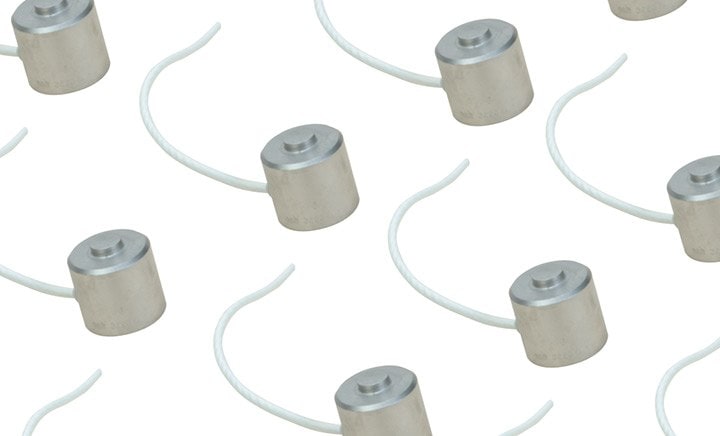
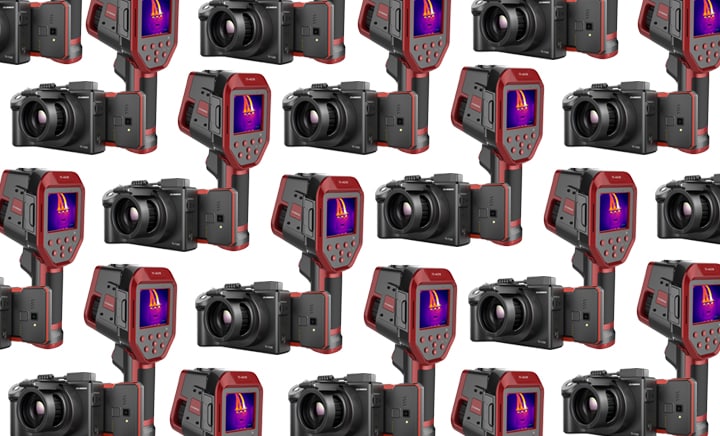
Thermal Imaging Camera A thermal imager is a non-contact temperature measurement device.
Tagged as:Product Info, Get Curious
Read More
An Introduction to Flow Meters As the name implies a Flow meter is an instrument for monitoring, measuring, or recording the rate of flow, pressure, or discharge of liquids or gasses.
Tagged as:Product Info, Get Curious
Read More
Thermocouple styles: probe, wire or surface? Because a thermocouple can take many shapes and forms, it is important to understand how to correctly select the right sensor.
Tagged as:Product Info, Get Curious
Read More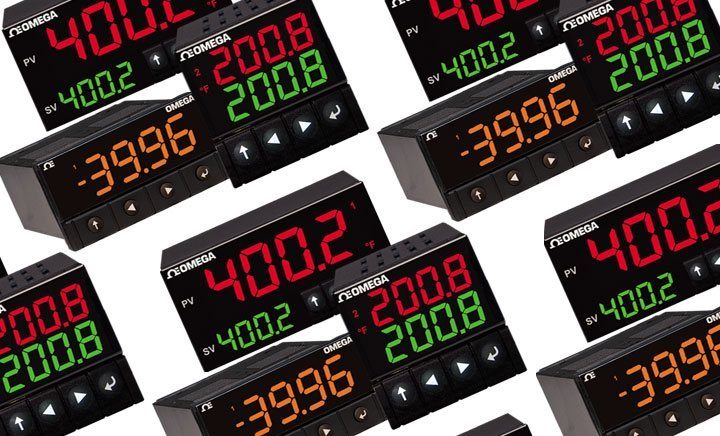
What is a PID Controller? A PID controller is an instrument used in industrial control applications to regulate temperature, flow, pressure, speed and other process variables.
Tagged as:Product Info, Get Curious
Read More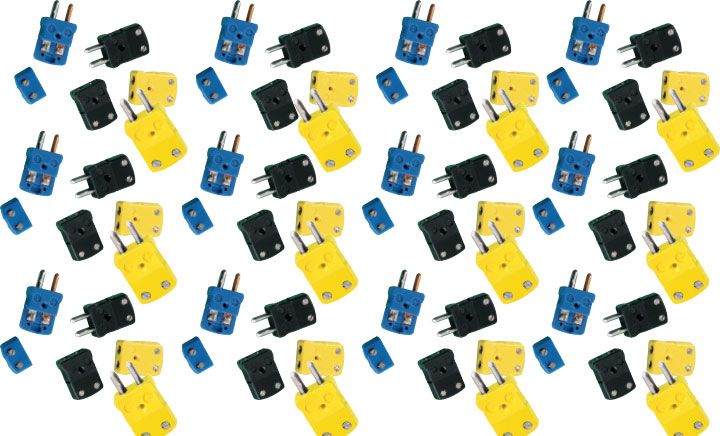
How to choose a Thermocouple There are different types of thermocouples and their applications may vary. An exposed thermocouple will work best when high response times are required, but an ungrounded thermocouple is better in corrosive environments
Tagged as:Product Info, Get Curious
Read More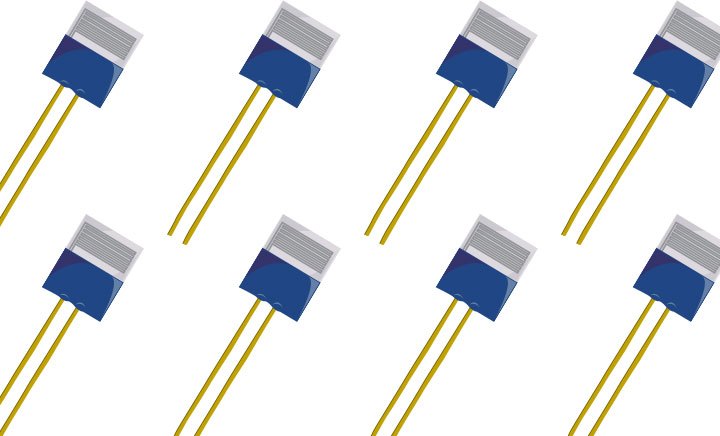
How to Choose Between a RTD PT100 vs Pt1000? The sensing elements in Resistance Temperature Detectors (RTD’s) can be categorized in terms of the type of metal out of which they’re made and their resistance at a benchmark temperature.
Tagged as:Product Info, Get Curious
Read More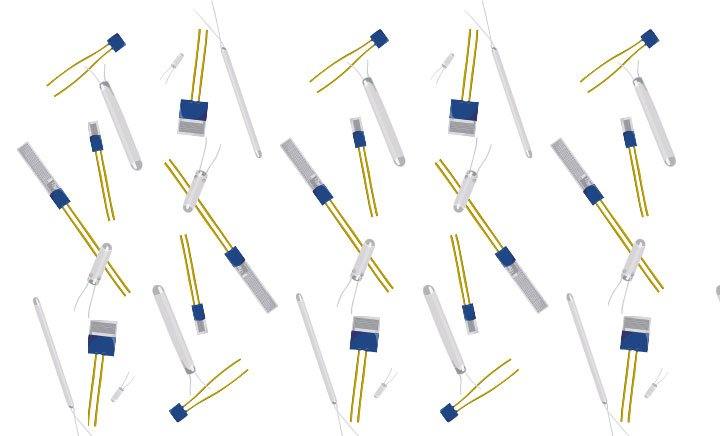
Types of RTDs Resistance Temperature Detectors (RTDs) available today can generally be categorized into one of two basic types of RTDs, depending on how their temperature sensing element is constructed.
Tagged as:Product Info, Get Curious
Read More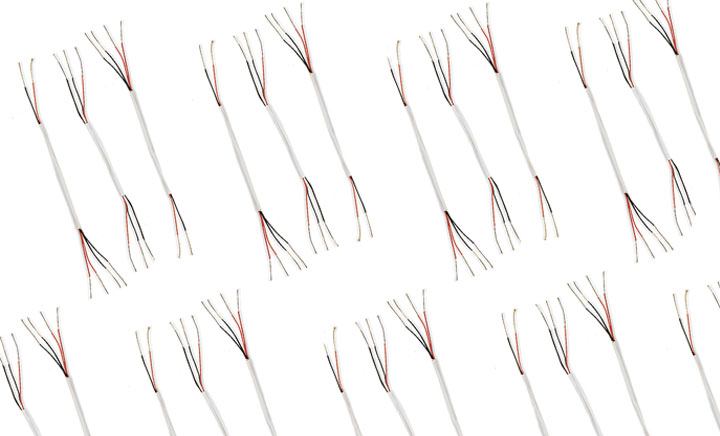
What Are the Differences Between 2-Wire, 3-Wire, and 4-Wire RTD Configurations? A Resistance Temperature Detector (RTD) measures temperature using a resistor with a resistance value that changes as its temperature increases or decreases.
Tagged as:Product Info, Get Curious
Read More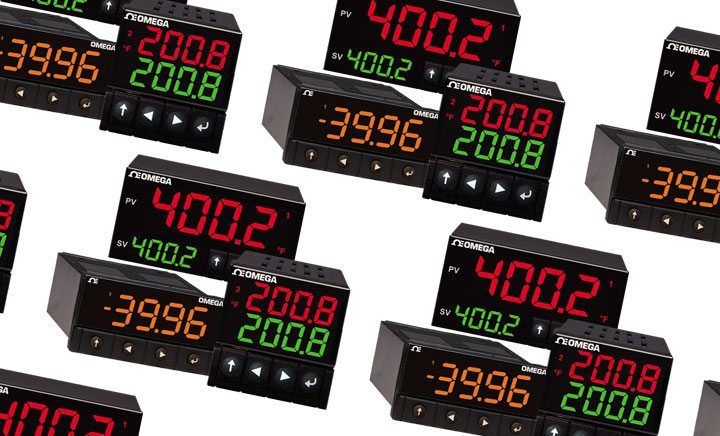
Temperature Control Using PID Almost every process control application would benefit from PID control.
Tagged as:Product Info, Get Curious
Read More
How Does a PID Controller Work? As its name implies, a PID controller combines proportional control with additional integral and derivative adjustments which help the unit automatically compensate for changes in the system.
Tagged as:Product Info, Get Curious
Read More
Working principle of thermocouples A typicial thermocouple is made up of two dissimilar metals joined together to form two junctions.
Tagged as:Product Info, Get Curious
Read More
Sanitary Sensors A Sanitary Sensor is a device which measures temperature, flow or pressure in an environment where products will be for human consumption.
Tagged as:Product Info, Get Curious
Read More
M12 Temperature Sensors Temperature sensors provide an input to a system (indicator, controller or other device) that is used to determine the temperature of a specific process or location.
Tagged as:Product Info, Get Curious
Read More
Grippers A gripper is a motion device that mimics the movements of people, in the case of the gripper, it is the fingers.
Tagged as:Product Info, Get Curious
Read More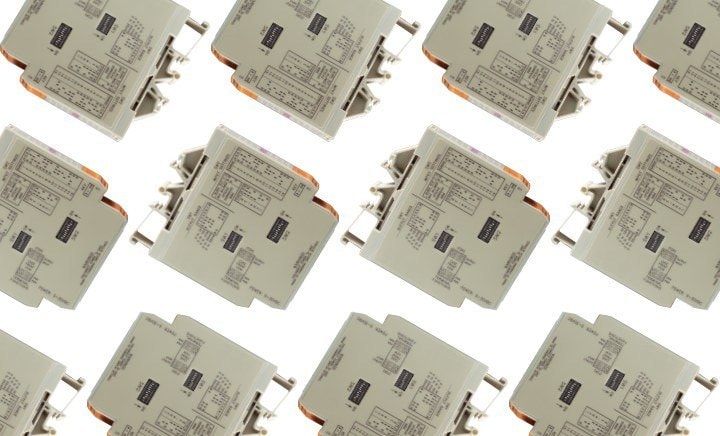
The Importance of Signal Conditioning A signal conditioner is a device that converts one type of electronic signal into a another type of signal. Its primary use is to convert a signal that may be difficult to read by conventional instrumentation into a more easily read format.
Tagged as:Product Info, Get Curious
Read More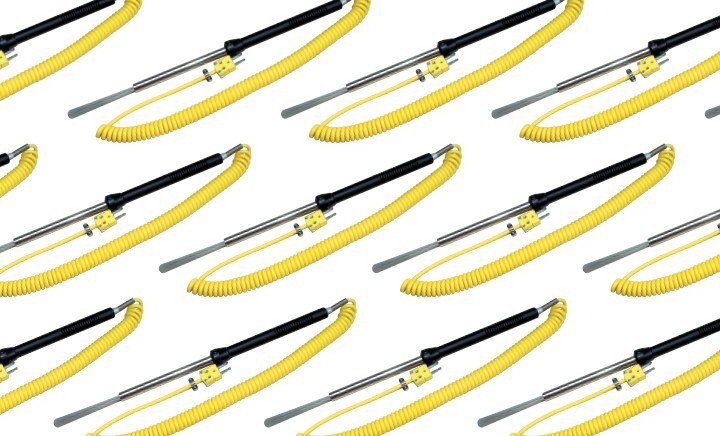
OEM Our commitment to maintaining the leading edge through research development and state-of-the art manufacturing keeps OMEGA firmly at the forefront of technology.
Tagged as:Product Info, Get Curious
Read More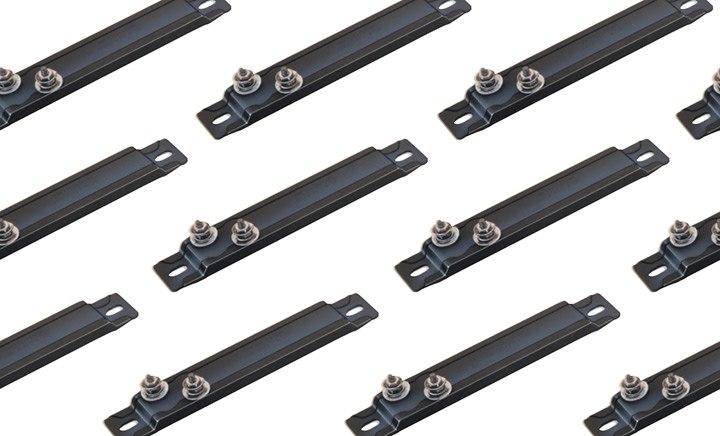
Strip Heater A strip heater is a device which is mounted on a surface and used to heat the surface or air (gasses).
Tagged as:Product Info, Get Curious
Read More
Calibrator A calibrator is an equipment used to adjust an instrument accuracy, often associated with a specific application.
Tagged as:Product Info, Get Curious
Read More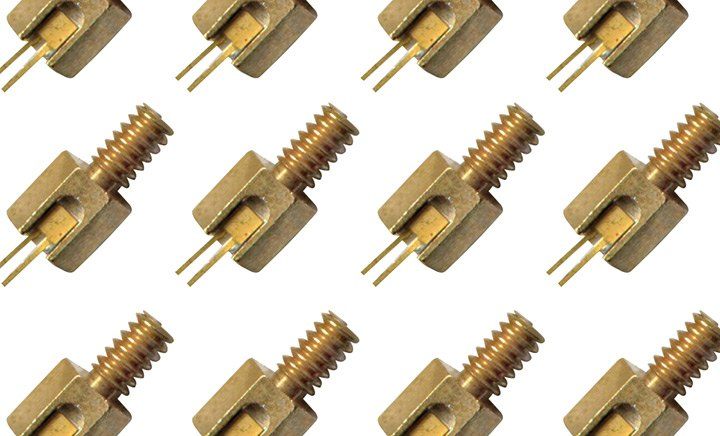
Cryogenic Temperature Sensors Cryogenics is the branch of physics that deals with the production and effects of very low temperatures.
Tagged as:Product Info, Get Curious
Read More
Temperature Measurement Temperature can be measured via a diverse array of sensors. All of them infer temperature by sensing some change in a physical characteristic.
Tagged as:Product Info, Get Curious
Read More
Wireless Sensors Wireless sensors are standard measurement tools equipped with transmitters to convert signals from process control instruments into a radio transmission.
Tagged as:Product Info, Get Curious
Read More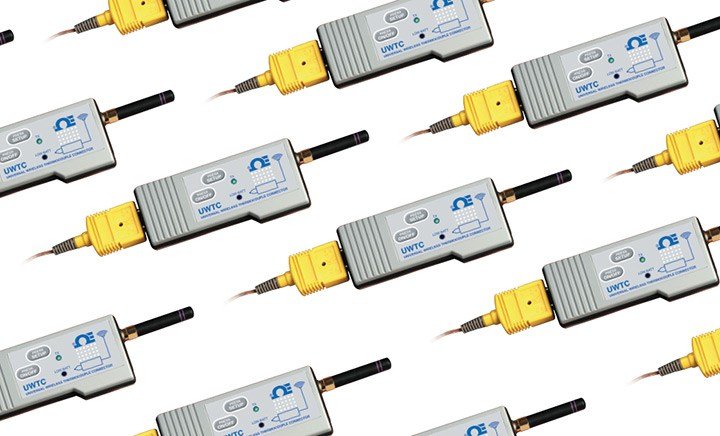
Remote Monitoring Ethernet/internet-based data monitoring brings new capabilities and unprecedented access to process measurement and control.
Tagged as:Product Info, Get Inspired
Read More
IC Sensors An IC Temperature Sensor is a two terminal integrated circuit temperature transducer that produces an output current proportional to absolute temperature. The sensor package is small with a low thermal mass and a fast response time
Tagged as:Product Info, Get Curious
Read More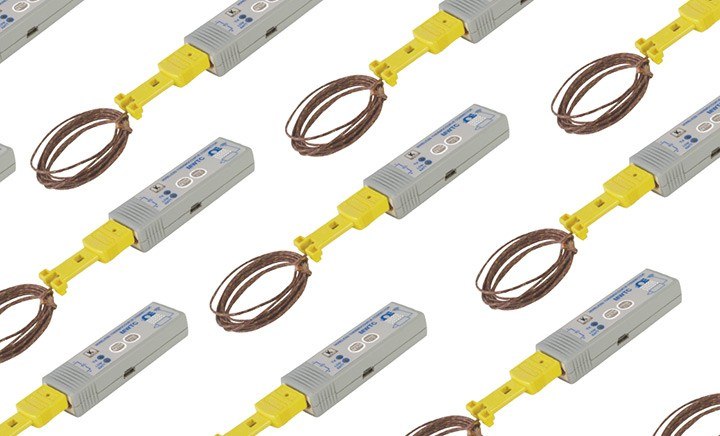
Data Acquisition In the simplest form, a technician logging the temperature of an oven on a piece of paper is performing data acquisition.
Tagged as:Product Info, Get Curious
Read More
Panel Meters A panel meter is an instrument that displays an input signal in either a digital or analog form.
Tagged as:Product Info, Get Curious
Read More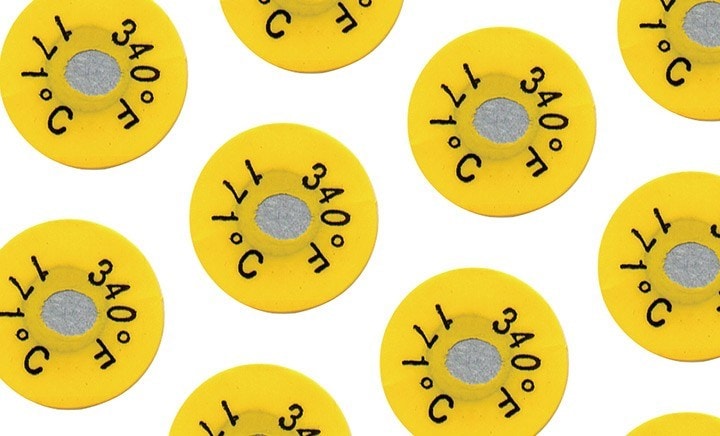
Reversible & Non Reversible Temperature Labels & Sensors Temperature labels are temperature monitors consisting of one or more small heat-sensitive indicators sealed under transparent, heat-resistant windows.
Tagged as:Product Info, Get Curious
Read More
Infrared Thermometer On its most basic design an infrared thermometer consists of a lens to focus the infrared (IR) energy on to a detector.
Tagged as:Product Info, Get Curious
Read More
Chart Recorders A chart recorder is an instrument used to record various process and electrical signals.
Tagged as:Product Info, Get Curious
Read More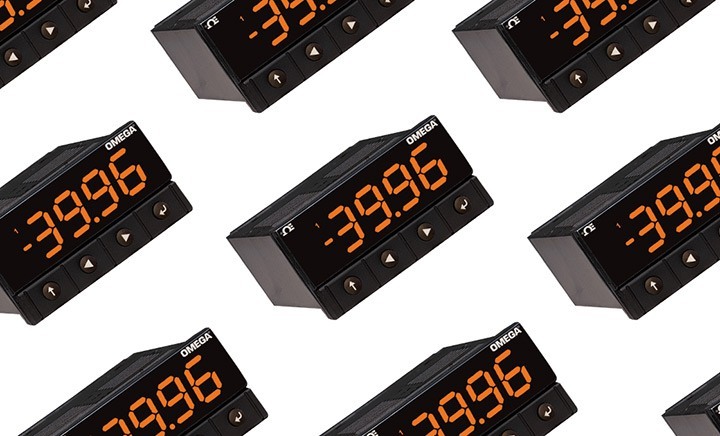
What is a Temperature Controller? As the name implies, a temperature controller is an instrument used to control temperatures, mainly without extensive operator involvement.
Tagged as:Product Info, Get Curious
Read More
What Is A Pressure Transducer? A pressure transducer, often called a pressure transmitter, is a transducer that converts pressure into an analog electrical signal. Although there are various types of pressure transducers, one of the most common is the strain-gage base transducer.
Tagged as:Product Info, Get Curious
Read More
What is an Ultrasonic Flow Meter? An ultrasonic flow meter (non-intrusive Doppler flow meter) is a volumetric flow meter which requires particulates or bubbles in the flow.
Tagged as:Product Info, Get Curious
Read More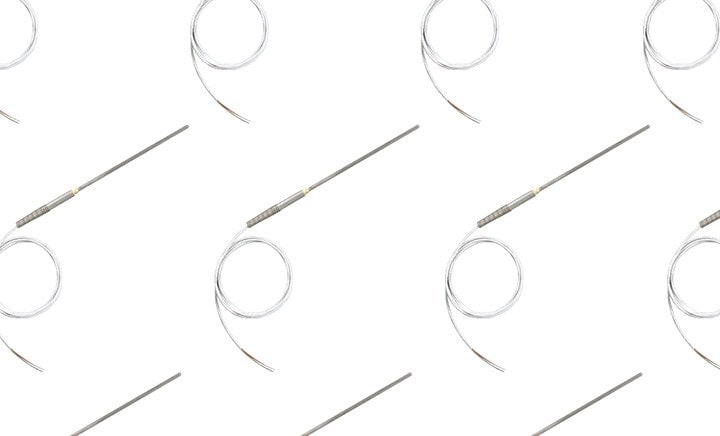
What Is A Thermistor And How Does It Work? A thermistor is an element with an electrical resistance that changes in response to temperature.
Tagged as:Product Info, Get Curious
Read More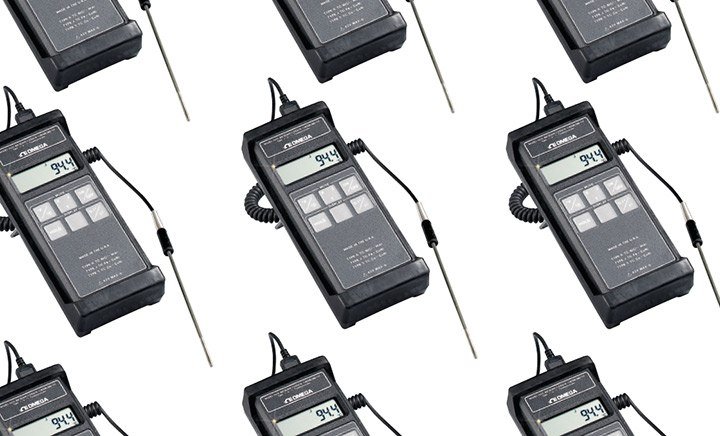
Anemometer An anemometer is an instrument used to measure the speed or velocity of gases either in a contained flow, such as airflow in a duct, or in unconfined flows, such as atmospheric wind.
Tagged as:Product Info, Get Curious
Read More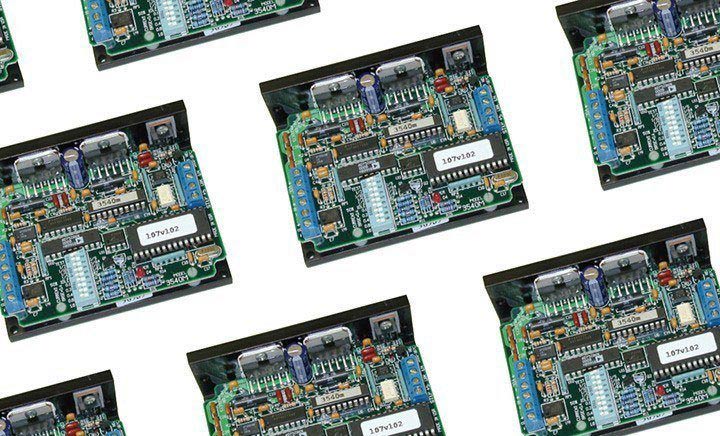
Stepper Motors A stepper motor is a brushless, synchronous electric motor that converts digital pulses into mechanical shaft rotation.
Tagged as:Product Info, Get Curious
Read More
Strain Gauges A Strain gage (sometimes referred to as a Strain Gauge) is a sensor whose resistance varies with applied force; It converts force, pressure, tension, weight, etc., into a change in electrical resistance which can then be measured.
Tagged as:Product Info, Get Curious
Read More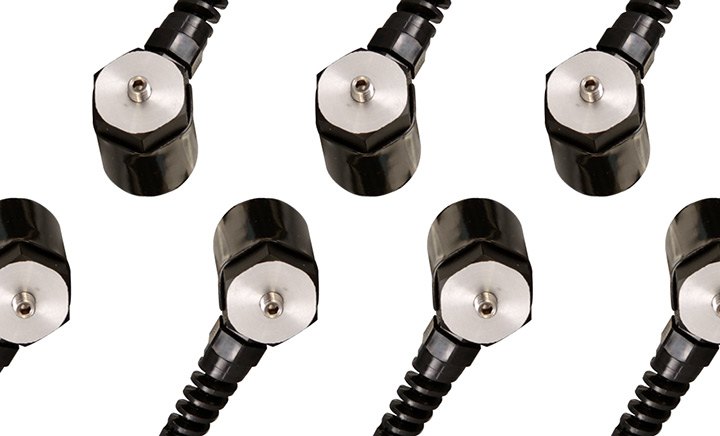
How to Measure Acceleration? An accelerometer is a device that measures the vibration, or acceleration of motion of a structure.
Tagged as:Product Info, Get Curious
Read More
Flexible Heaters A flexible heater is a device which can conform to the surface which requires heating.
Tagged as:Product Info, Get Curious
Read More
Data Loggers Technically speaking, a data logger is any device that can be used to store data.
Tagged as:Product Info, Get Curious
Read More
Industrial Heaters Electric heaters are used in a variety of processes where the temperature of an object or process needs to be increased.
Tagged as:Product Info, Get Curious
Read More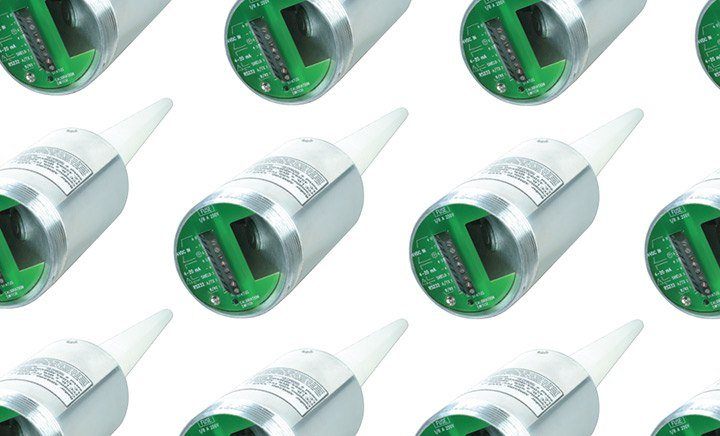
Level Measurement Integral to process control in many industries, level measurement sensors fall into two main types. Point level measurement sensors are used to mark a single discrete liquid height–a preset level condition.
Tagged as:Product Info, Get Curious
Read More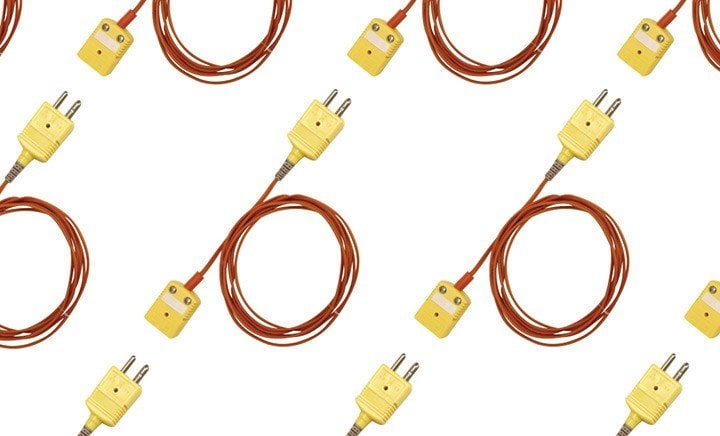
Thermocouple Wire Wire that is used in a thermocouple from the point of sensing to the point of cold junction compensation (cjc end) where the signal is measured.
Tagged as:Product Info, Get Curious
Read More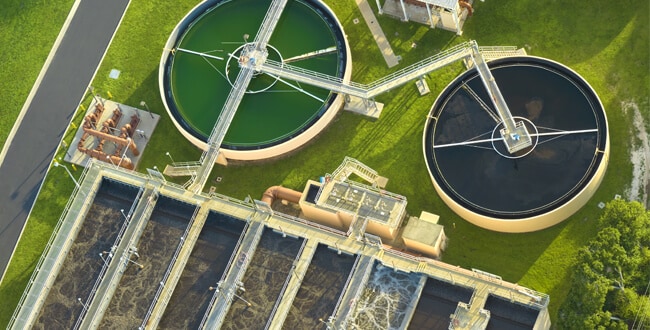
What are Electromagnetic Flow Meters? A magnetic flow meter (mag flow meter) is a volumetric flow meter which does not have any moving parts and is ideal for wastewater applications or any dirty liquid which is conductive or water based.
Tagged as:Product Info, Get Curious
Read More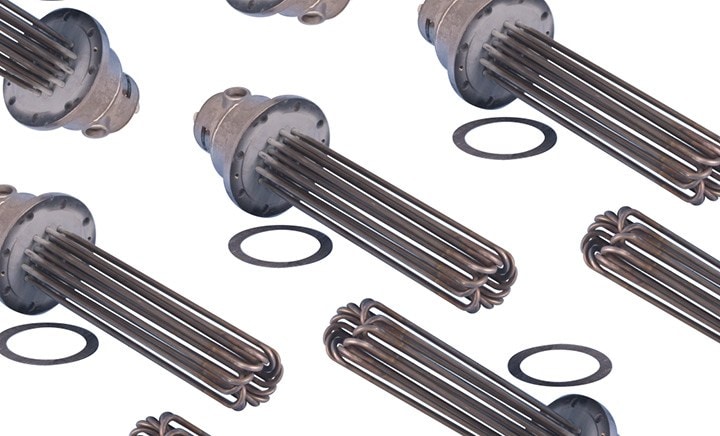
Immersion Heater An immersion heater is a device which is installed in a tank or container to heat a liquid. The installation can be over-the-side, flanged or threaded.
Tagged as:Product Info, Get Curious
Read More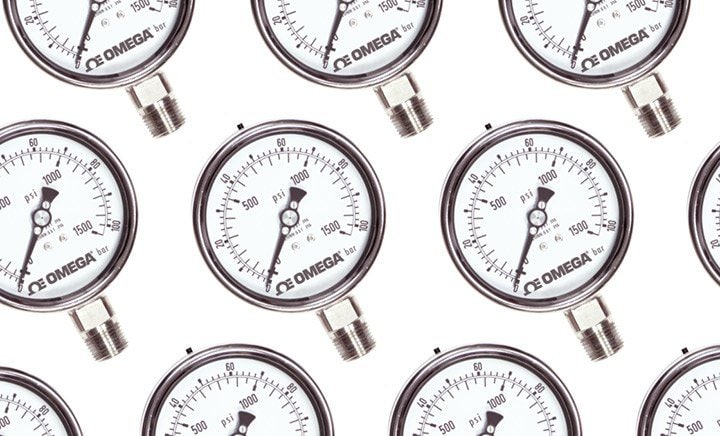
What is a Pressure Gauge? Pressure gauges are among the most often used instruments in a plant. But because of their great numbers, attention to maintenance--and reliability--can be compromised.
Tagged as:Product Info, Get Curious
Read More